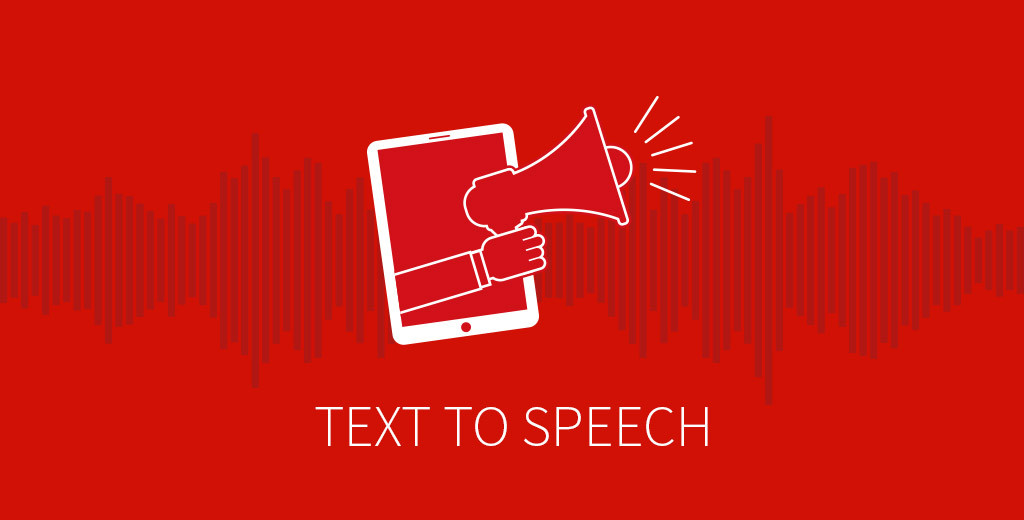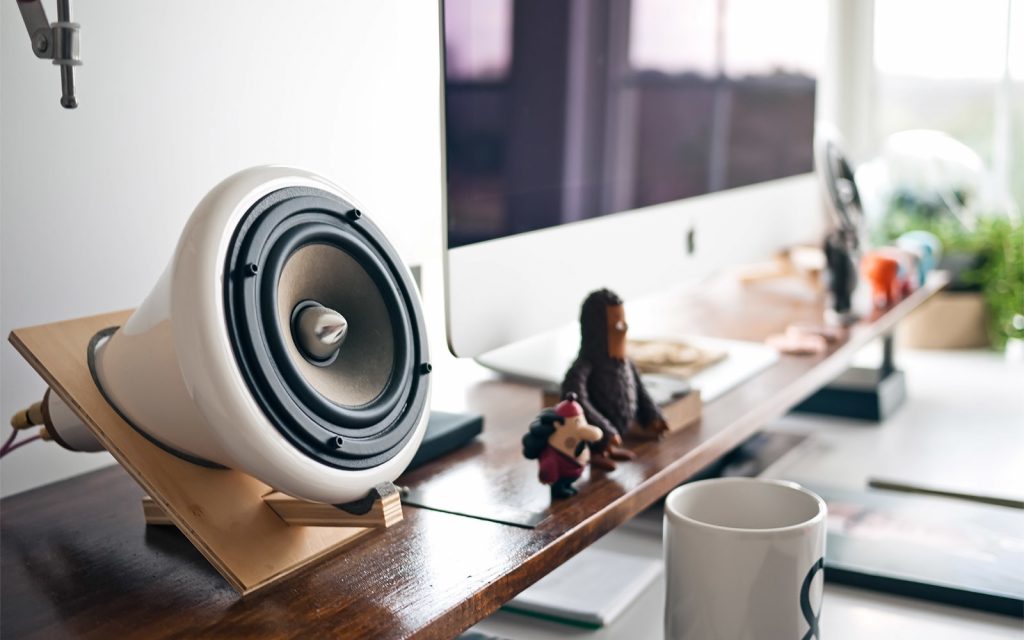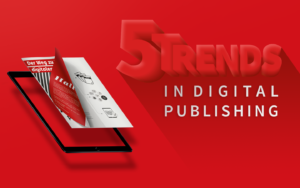A short wake-up call and a friendly female voice is there, asking what she can do for you – play music, order your favorite food, record an appointment; or should she turn the heating up? Digital assistants from Amazon, Google and Co. are making everyday routines easier for users, especially in the smart home and the service sector. Content providers and companies on the other hand – as so often – lag behind; unnecessarily, because audio files and feeds are ideal for providing an initial, uncomplicated entry into the world of the smart assistant.
More Usability
The voice assistants open up a new field of usability. What began with dictating text messages on-the-go now plays out mainly within ones own four walls. In smart homes the consumer can control numerous gadgets through the sound of their voice. They can also forgo lengthy online research and have messages, sports and weather reports or topical facts read out to them. It’s easy, saves time – after all, most people speak faster than they write – and is efficient – since while listening, the user is freed up to deal with other chores. Thus, just like the Second Screens of smartphones and tablets, the audio mode offers further help in dealing with everyday multi-tasking.

AI meets designer lamp
At first glance, the smart voice assistants are reminiscent of mobile boxes or designer lamps. Behind the deceptive exterior, however, is an intelligent sound system with integrated microphones that can obtain optimal sound in large rooms and receive commands and queries from the user. For such purposes the assistant connects to the provider’s cloud server and can access the user’s music or data, e.g. via Kindle with Echo or iTunes with Apple.
In addition to preinstalled functions, there are also so-called skills and actions, which the user can activate, e.g. by app. Along with smart-home skills and actions, content-related skills, such as retrieving news and information from the web, and services, such as meal-delivery, online banking or booking a trip, are very popular. These functions are being developed by third parties and are opening up a new product field.
Publishers and content providers: the knowing off-screen voice
Innovative skills-projects such as those led by the Bild newspaper, Tagesschau and ZDF give a taste of how content can be processed for Echo and Co. These providers use an audio file summarizing the most important news of the day or a news feed that is read out by the language assistant. The initial extra cost is manageable; after all, such formats are already used by most daily media. The smart speakers are basically another medium alongside print and social media; they represent an opportunity for the content providers and publishers to attract new listeners and readers and convince them of their expertise. Further, monetization possibilities – although initially excluded by Amazon – will not be long waiting.

Publishers can score here with their own core territory: knowledge and content. They are specialists on particular topics, hobbies or expert fields and can provide the relevant information to the listeners. For example, a cooking guide can be read out step-by-step, a product test for new computer models can be summarized in a short article.
Popular radio features and programs or podcasts serve as the inspiration. They are the proof that with the help of original sound, acoustic effects, and a clear text, the listener can be introduced to completely new worlds.
How companies are heard
For companies, the skills open up new product areas and service offers. Equipment and electrical manufacturers are already working diligently to interface their devices with the speakers. Ordering the milk directly at the refrigerator or querying the user’s power consumption or account balance is much faster than using a tablet and offers a lot of comfort.
But the meticulously developed content-marketing can also be expanded into the audio realm. Why not have Alexa read out the tips on saving electricity when Echo notices that too many lamps are burning? Or provide the FAQs as an audio file? Here, the focus is moving to the context in which the listeners and consumers use the product and the question becomes: in what situations can I as a company help my customers and what questions can I answer?

How does your brand sound?
GLarge companies and brands have been using their own jingle, soundlogo or song for years to conveys their image on TV and radio. Songs play an important role, especially in the food industry, when it comes to the incentive to buy. Think, for example, of the humming of Merci. SMEs and publishers should also ask themselves in advance how their brand sounds.
For publishers in particular, the question of a suitable audio image for the brand will probably be new. Don’t be afraid to ask your editors how the magazine sounds to them. Here too, you can be inspired by the big ones: What does a Tagesschau jingle trigger in you? How are you effected by the melody of the BBC news? What kind of feeling do you want to create? Because so much can be transmitted in the auditory realm: moods, emotions and short, concise information.
You can find more informations about the smart speakers in our blog.

